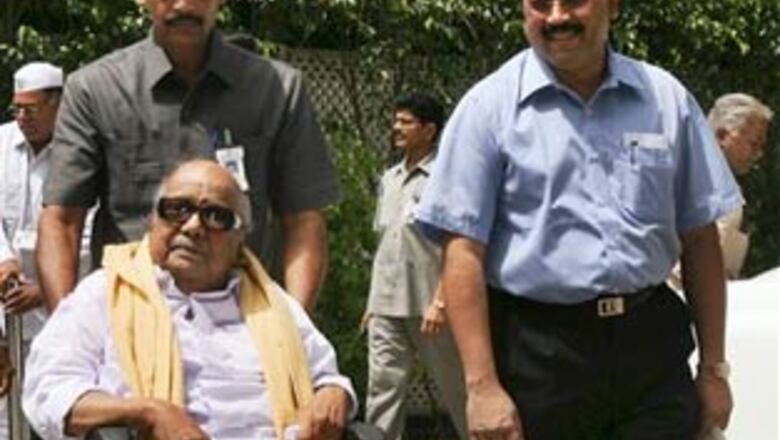
views
In December 2007, the sun almost set on Kalanithi Maran’s media empire. The television mogul, who rose from a cassette magazine entrepreneur to a billionaire in just 16 years, had crossed the path of the most powerful political family in Tamil Nadu. The apparent trigger was a poll published in a daily owned by him that favoured M K Stalin, younger son of Chief Minister M Karunanidhi, as his successor over the elder son, Azhagiri.
This drove a very public stake through Azhagiri’s political ambitions and a wedge through the cozy relationship between the Karunanidhi family and the Marans. This was seen as the outcome of other conflicts between the Marans and their granduncle, Karunanidhi.
First, Kalanithi’s younger brother, Dayanidhi Maran, lost his job as union minister. Then it was Kalanithi’s turn. Three employees died in an attack on the daily’s office. Azhagiri launched Royal Cable Vision (RCV) to take on Sun Network’s Sumangali Cable Vision (SCV), the largest cable operator in Tamil Nadu.
Soon, the state government launched Arasu Cable Corporation (ACC) to target at SCV. The Karunanidhi family also launched Kalaignar, a Tamil TV channel to counter Sun TV, the most watched channel in Tamil Nadu and the crown jewel of the Sun Network. In a state where government support could lift businesses to instant glory or its wrath could choke them to death, Kalanithi’s position seemed precarious.
What a difference just one year makes!
Kalanithi launched his Direct-to-Home (DTH) offering, Sun Direct in January 2008, under adverse conditions. Not only had his home territory had become too hot for him, but the rivals in DTH business were so formidable that not many gave him a chance.
As luck would have it, the families patched up in December 2008, throwing the southern field open for conquest once again. Very soon, Sun Direct proved its worth. In less than two years since its birth, it has equalled Tata Sky as the second largest DTH operator in India with 4.6 million subscribers.
“We are clearly Number 2 at an all India level, and by far Number 1 in south India. We are also picking 35-40 percent of all new subscribers added by the entire DTH industry on a monthly basis,” says Tony D’Silva, Sun Direct’s CEO.
Also, SCV’s major threats have all been decimated. Government-run ACC has pretty much ceased operations and may auction its infrastructure worth over Rs 100 crore. Azhagiri-backed RCV is nowhere to be heard of. As if that weren’t enough, Hathway Cable, the only real alternative to SCV in Chennai, inexplicably packed its bags and left the city in June.
On the channel front too, the Marans have beaten back their challengers. Sun TV has a viewership of close to 70 percent in the Tamil entertainment category according to Television Audience Measurement (TAM), a media research firm. Its sister channels occupy the number one slots in the Tamil Music and Tamil News categories. The strange thing is that for all their media might in South India, Sun’s DTH success has come as a surprise. “The unprecedented success of Sun Direct has surprised the Marans too,” says Vivek Couto, founder of media research firm Media Partners Asia (MPA). It is not often that a DTH business grows from zero to 4.6 million subscribers in 24 months.
D’Silva has used a counter-intuitive strategy to capture market. His game plan consists of three key moves — focussing 80 percent of efforts on the four South Indian states; competing aggressively with cable operators on pricing; and providing fewer channels to viewers.
Change the rules
Why did Sun decide to alter the playbook? Sun wanted to attack the mass market rather than go for high-value niche market. Since it already dominates the mass market down South, it was natural to focus there.
Parent Sun Network has a slew of popular channels in Tamil, Telugu, Kannada and Malayalam which could easily be made available on Sun Direct’s DTH platform. Each state also has a clear bias for channels in its own language over those in Hindi and English. The South also accounts for 47 percent of the cable and Satellitite TV households in India.
PAGE_BREAK
With close to three-fourths of its subscriber base concentrated in South India, Sun is quite clearly the largest DTH operator in the region. In contrast, the subscriber base of Dish TV, Tata Sky and others is fragmented across a large number of states. “Sun’s focus on regional markets from a customer segmentation point of view has helped them,” says Rajesh Jain, a director with KPMG.
Even when Sun did step outside South India, it shunned metros and bigger cities. “We knew we had to find a gap in the market that our competitors had not taken,” says D’Silva. He found that gap in smaller towns and villages in states with a fairly strong set of regional language channels, like Gujarat, Maharashtra, Punjab and West Bengal. There was only the local incumbent to compete with after all.
Less is more
There is one crucial difference between Sun Direct and its competitors, claims D’Silva, and that is the way it chooses which channels to offer to subscribers. Rather than invest huge sums to buy all the 140 or 150 channels from broadcasters, it has focussed on a few channels that people in its target markets like the most. Normally, broadcast companies like Star TV sell a bundle of channels cheaper than one channel individually.
D’Silva also claims Sun is the only DTH operator currently that forces broadcasters to provide it channels on an a la carte pricing (Sun even went to court to ensure that). This means buying just STAR Plus for Rs 8.75 instead of an entire bouquet of eight channels for Rs 23.40. D’Silva says he can thus create a tighter package of channels that are really popular among TV viewers instead of being forced to carry bouquets that contain a large number of niche or unpopular channels. For South India, this is corroborated by data provided by TAM India: Just 36 channels account for 80 percent of an average viewer’s television time in South; In fact, 66 percent comes from 25 regional channels versus 14 percent from 11 national ones.
Offering fewer, but better targeted, bouquet of channels may not be a big advantage by itself. But when Sun offers the set-top box free and then charges you less for each channel, the strategy to works.
Vikash Mantri, an analyst with ICICI Securities, feels that Sun Direct’s content cost per subscriber in South India will be around Rs 25 compared to Rs 100 or more for its competitors in other parts of India. “Therefore they can make money even at an ARPU of Rs 85,” he says. Another expert, who requested not to be quoted, estimated Tata Sky’s annual content costs at Rs 300 crore versus the same at Rs 150 crore for Sun Direct..
An Englishman in Chennai
D’Silva, the architect of Sun Direct’s strategy and success, is simultaneously both an insider and an outsider in the game.
Originally a consumer marketer with companies like Reckitt & Colman (now Reckitt Benckiser and Murphy Philips), he made his move into media around the mid-1990s as CEO of Modi Entertainment, the company that held the distribution rights for channels like ESPN, Hallmark and MGM. But after ESPN and Hallmark walked out, wanting to establish their own distribution, D’Silva shifted to Zee Television as the head of its distribution platform.
After working at Zee for a few years, D’Silva had his first taste of DTH, attempting to steer a joint-venture between DirecTV of USA and his erstwhile employer Modi Entertainment for a DTH setup in India. The venture didn’t quite click and D’Silva ended up joining Star TV in 2002 as its distribution head.
He had first met the Marans while at Modi Entertainment, but it was during his days at Star TV that he came to know them, especially Kalanithi, better. Even though his first DTH attempt had not taken off, D’Silva remained a believer in the technology which he felt was the way entertainment in India would evolve. The topic came up during his meetings with the Marans more than once.
The discussions bore fruit because in mid-2007, Kalanithi asked D’Silva to help him set up a DTH operation for the group, Sun Direct. This was the first time that the Marans were turning to an outside professional to set up and run a major business for them. An Aside: This was also the first time a non-Tamil was going to set up a business from scratch for the Sun group. D’Silva couldn’t understand or speak a word of Tamil.
PAGE_BREAK
Two years hence nothing much has changed on that count. “I still can’t speak a word of Tamil, but that doesn’t mean I don’t understand the principles of business,” says D’Silva. “The unwritten rule during meetings and discussions when I am present is that the language will be English. Even then a person will lapse into Tamil occasionally, and I say “Hey man, I don’t understand what you’re saying!” They quickly revert to English.”
Accounting for profits
While his Tamil may be poorer than rusty, D’Silva has had no problems ramping up Sun’s presence in the DTH business. He has followed a differentiated strategy of charging for content, whose prices will go up, and giving away set top boxes, whose prices will fall. While this strategy has brought growth, will it help Sun make money?
According to data researched by MPA, Sun Direct’s average revenue per user (ARPU), or what it roughly earns from an average subscriber in a month, is at Rs 85, the rock bottom among DTH operators. That figure is as high as Rs 200 for someone like Tata Sky. Additionally, Sun loses roughly Rs. 1,500 on every set top box it gives away free to a new subscriber.
So where is the money? Sun Direct, being privately held, does not reveal specific figures about its profits, or more specifically, its losses. But its partner, Astro All Asia, is a listed company in Malaysia and has therefore been revealing some information about Sun Direct’s operations.
According to Astro All Asia, which holds 20 percent of Sun Direct, the venture will make losses of roughly $85 million for FY 2009. Astro expects Sun Direct to start making profits only from FY 2014, before which the company will have accumulated losses of $750 million. “Internationally the two clear inflexion points for DTH operators becoming EBITDA positive are — gaining six million subscribers and being in operation for six to seven years,” says Devendra Parulekar, a partner with Ernst & Young. Dish TV, the oldest player in the sector became operationally positive in March this year, close to six years after starting out. But D’Silva is confident of taking less than that to show profits, provided he is able to ramp up his subscriber base to 7.5 million.
Though Sun has primarily been a South India focused player till now, it has grander designs for the rest of India. That’s not something Mantri is sure about, saying, “If Sun continues with its same model in North India, it will find the going tough. Because there is no way it can provide the channels demanded by viewers there at such low ARPUs.”
Other experts too are unsure of D’Silva’s dreams. “The way to make money in this game is ARPUs. Tata Sky has an ARPU of Rs 200 but they’re still losing money, and probably won’t make money for the next 5-6 years or till they touch an ARPU of Rs. 300.” says Couto. He grants that Sun Direct might break even before others because of its lower cost structure, “but that won’t happen at Rs 85, not even at Rs 150, but probably at Rs 200.”
At the end of the month, however, the user revenues don’t matter as much as profitability. If Sun succeeds in its low-cost game, it can work on a profit model in the mass market too. D’Silva will have to prove that his differentiated strategy is not a shaky foundation and his disruptive pricing is not a boomerang. When Kalanithi asks for the breakeven date, he might even have to answer in Tamil, just to soften the impact.











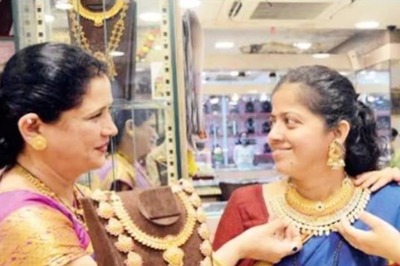


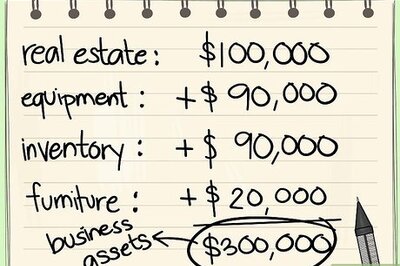

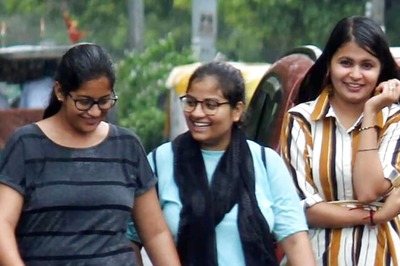
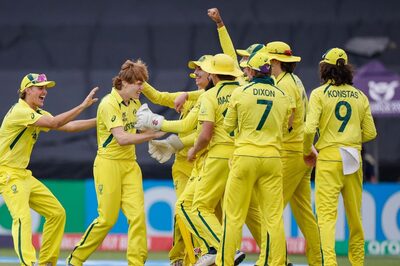
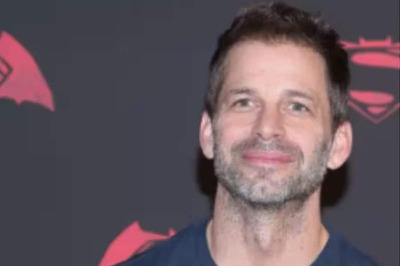
Comments
0 comment